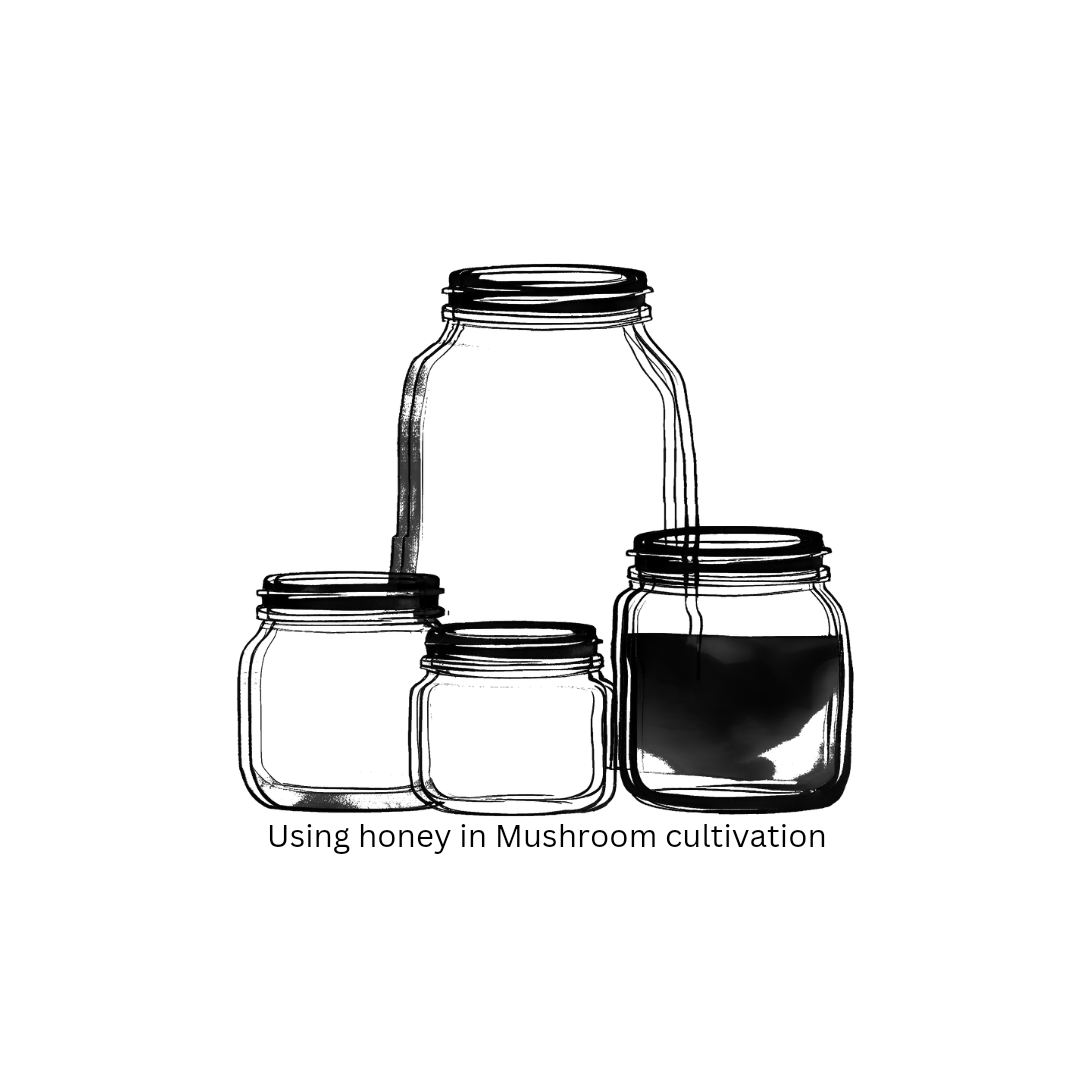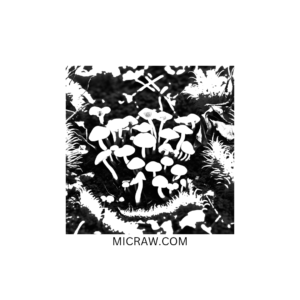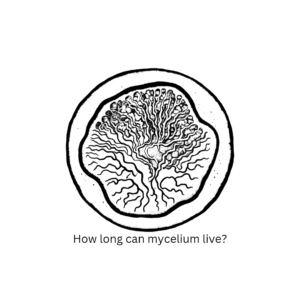Honey has long been revered for its numerous health benefits and culinary applications. In the world of mycology, it has found a place as a popular ingredient in various cultivation methods, including liquid culture (LC) preparations for mushroom cultivation. This article explores the traditional use of honey in mushroom cultivation and contrasts it with scientific insights, particularly focusing on its role in liquid culture, helping growers understand how to best utilize this natural resource.
The Tradition of Honey in Mushroom Cultivation
Many mycologists and home growers have utilized honey for its perceived advantages:
Nutrient Source: Honey is rich in sugars, which can serve as an energy source for growing mycelium. Its natural composition makes it a convenient addition to substrates, offering a readily available food source for fungi.
Natural Antimicrobial: Thanks to its antimicrobial properties, honey can help suppress unwanted bacterial growth in various cultivation methods. This feature has made it a staple for many cultivators who wish to maintain a healthy environment for their mycelium.
Cultural Practices: In various cultures, honey has been used in traditional mushroom cultivation methods, often combined with other natural ingredients to create nutrient-rich solutions. This historical perspective highlights the cultural significance of honey in mycology.
The Science Behind Honey’s Role in Liquid Culture
With the emergence of liquid culture as a modern cultivation technique, scientific research provides deeper insights into honey’s effects:
Antimicrobial Properties: Honey’s low moisture content and natural acidity contribute to its ability to inhibit the growth of certain bacteria. This can be advantageous in liquid cultures, where contamination is a primary concern. However, it is essential to note that these properties might also affect beneficial microbes.
Sugar Composition: Honey contains primarily fructose and glucose, which can effectively nourish mycelium in a diluted form. The concentration used in LC is crucial; excessive amounts of honey can lead to osmotic stress on the mycelium, hindering its growth.
Optimal Dilution for Liquid Culture: Many growers recommend diluting honey with water before adding it to liquid culture to ensure that it provides a beneficial environment without overwhelming the mycelium. Research suggests that a honey concentration of around 5-10% is often effective for promoting mycelial growth.
Balancing Tradition and Science
The integration of traditional methods with scientific research is vital for advancing mushroom cultivation practices:
Informed Application: By experimenting with honey in various concentrations within both solid substrates and liquid cultures, cultivators can find the optimal balance that supports healthy mycelial growth while minimizing the risk of contamination.
Research Opportunities: The use of honey in liquid culture opens up avenues for further research, particularly in understanding the specific interactions between honey’s components and various mushroom species. This knowledge could lead to more efficient and sustainable cultivation techniques.
Sustainable Practices: Utilizing honey in both solid substrates and liquid cultures may contribute to increased biodiversity and healthier mycelial networks. However, growers must be cautious in their approach to ensure that honey’s effects are beneficial in the long term.
Conclusion
Honey has established itself as a valuable ingredient in mushroom cultivation, merging traditional practices with scientific understanding. While its nutritional benefits and antimicrobial properties make it a popular choice, careful consideration of its application and concentration—especially in liquid culture—is essential for optimal results. By embracing both the wisdom of historical use and modern research, mushroom cultivators can explore innovative ways to incorporate honey into their cultivation methods, enhancing the growth and health of their fungi.




